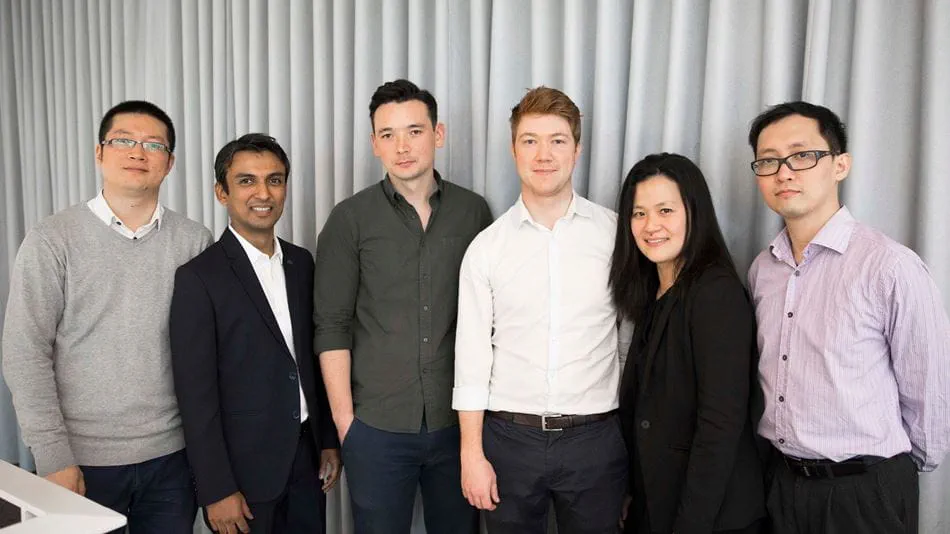 Trish Sunga
Australasia Press Office,Sydney
Trish Sunga
Australasia Press Office,Sydney
New research into how work environments affect productivity gives clear clues to managers and designers organising ‘new normal’ office arrangements, or planning fit-outs or refurbs.
So too, people setting up more permanent home offices.
The research between Arup and RMIT University is attracting world-wide attention, especially as workplaces adapt to covid-19 restrictions.
The combined team of artificial intelligence specialists, psychologists and engineers examined the effects of work environments on productivity indicators such as concentration, comfort and activity.
Pioneering an AI sensor-based system, the team monitored noise levels, indoor temperature, air quality, humidity, air pressure and electromagnetic fields: they also surveyed people’s views on disruptive influences, including meetings, over the course of several months.



